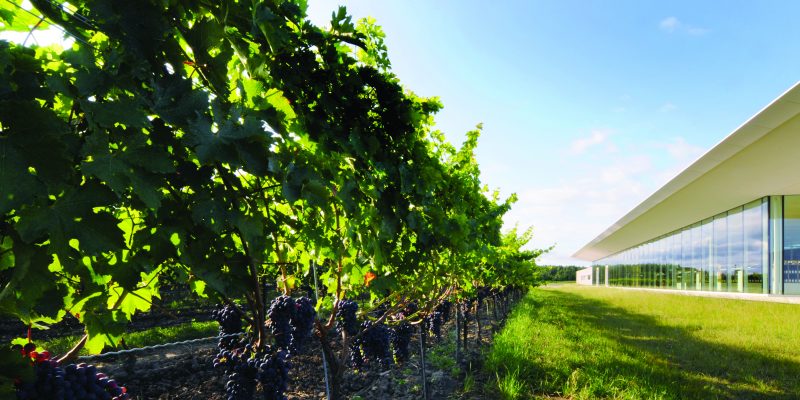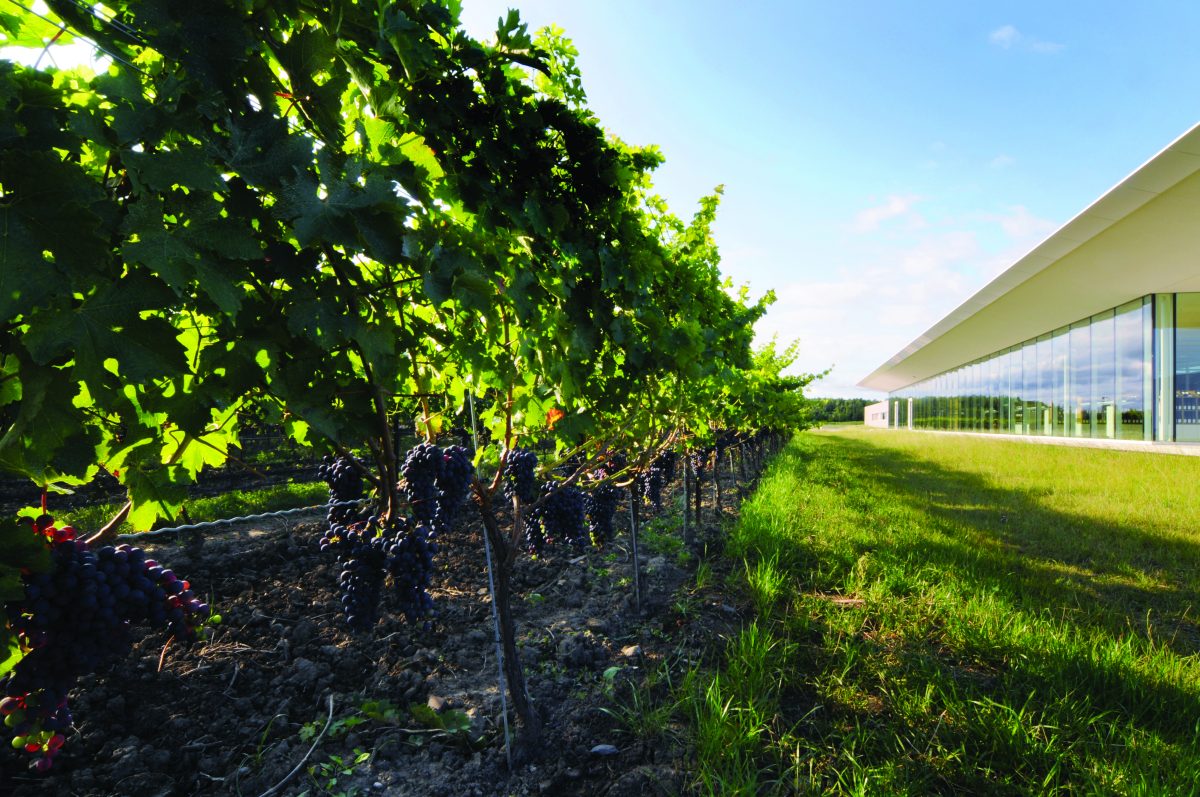Saving the Planet — One Bottle of Wine at a Time
By Carmelo Giardina
Who would have ever thought that we’d see the day when calculating our carbon footprint was just as important as calculating our calorie intake? There’s no doubting that as a society, we’ve increasingly become more aware of the cycles of nature and the importance of taking care of our planet. It’s as though our technological triumphs of the past 25 years no longer matter. We’re all being asked – in one way or another – to circle back to our roots in many different areas of our lives and really think hard about how we can make a change, and thus, a difference.
In the viniculture space, Southbrook Vineyards and Tawse Winery – both located within the Niagara Region – are renowned wineries that can lay claim to ‘making a difference’. Not only are these wineries certified to sell organic wines, they’re able to label and market their wines as biodynamic.
To help us understand what biodynamic wines are, let’s first start with what certified organic means when it comes to farming a vineyard site. Winemakers must prove that their farm is free of synthetic pesticides and preservatives, chemical fertilizers, hormones, antibiotics and genetically modified organisms; demonstrate the humane treatment of animals and the preservation of ecological integrity; and maintain and record these practices for 36 months prior to certification. You may be thinking that these practices seem pretty straight-forward and almost expected by “today’s standards”, yet only a handful of Ontario’s wineries are actually certified organic, and organic wine represents just five percent of the global wine market.
Biodynamics takes organic farming to the next level. The whole farm is treated as a living entity and holistic ecosystem, from the earth beneath to the stars above. Biodynamic farmers track the movement of the stars and the moon to determine when to sow and when to reap. Still following?
Like organics, biodynamic wines are free of pesticides, fungicides, herbicides and chemical fertilizers, but the eco-balanced regimen is even more stringent. One of the main aims is to strengthen the soil and, therefore, the vines. They bury cows’ horns filled with compost material in the soil – an almost paganistic practise.
So what are the impacts and expected results of biodynamic farming? Firstly, biodynamic winemakers have claimed that their methods tend to result in the wines having better expressions of terroir – the way in which a wine can represent its specific place of origin in its aroma, flavour and texture. There are also improvements in the health of the vineyard, specifically in the areas of soil fertility, crop nutrition, and pest, weed and disease management.
“There is no question in our minds that our (Biodynamic) practises have improved the tilth of our soil,” admits Ann Sperling, head winemaker at Southbrook Vineyards. “We see a thicker topsoil profile and deeper root penetration throughout the vineyard. The natural/pre-existing make-up of our soils is very delicate; therefore the increased organic matter is making it more resilient. Over the 10-12 years of work with our estate grown biodynamic grapes, our wines have required very little to no intervention.”
Sperling also stresses that she believes that “it’s important for educated consumers to ask their producers the hard questions about methods of production and challenge growers to perform at higher levels. The argument for “feeding the masses” should not apply for products such as wine, so growing wine grapes using the highest standard of sustainability should be the norm rather than the exception.”
WEST FAVOURITES:
Consider reducing your carbon footprint by enjoying a bottle of biodynamic wine grown right here in Ontario.

Southbrook 2013 Poetica Red ($69.95)
Southbrook is Canada’s first certified organic and biodynamic winery, and this limited-edition offering reflects the highest expression of their vineyard. Made from 74 per cent Cabernet Sauvignon, 23 per cent Cabernet Franc and 3 per cent Petit Verdot, this wine will be a real treasure among your cellar. Expect red and blackcurrant fruit accented by notes of pepper and spice, all nicely elevated with a fresh acidic burst. This is a definitive Ontario red wine blend!

Southbrook 2016 Cabernet Rosé ($29.95)
Made of 50 percent Cabernet Sauvignon and 50 percent Cabernet Franc, this medium salmon colour rosé boasts aromas of ripe strawberry, sweet herbs and cedar, and is dry, medium bodied on the palate. Pair this with your appetizer charcuterie board this summer, or with barbecued chicken and ribs. Yes, this wine will cut through all those flavours and leave you with a refreshing finishing taste.

Tawse 2012 Cherry Ave. Pinot Noir ($49.15)
Tawse Winery has won numerous prestigious wine awards, including four ‘National Winery of the Year’ awards since 2010! Maybe it’s because they treat their whole farm as a single living organism – the core of biodynamic practise. Whatever the reason, it’s working, and there’s no better a wine than this Pinot Noir from the famed Cherry Avenue vineyard block to provide testament to Tawse’s ability to craft exceptional food friendly, terroir-driven and expressive wines.

Tawse 2013 Quarry Road Chardonnay ($35.80)
Moray Tawse’s inspiration for creating Tawse Winery came from his love of Burgundian Pinot Noir and Chardonnay. That love translates exceptionally well through this particular Chardonnay from his Quarry Road site. From the cool and wet 2013 growing season, this offers fresh and crisp minerality with notes of nectarine, ripe peaches, vanilla sugar and toasted nuts. Very food friendly.

